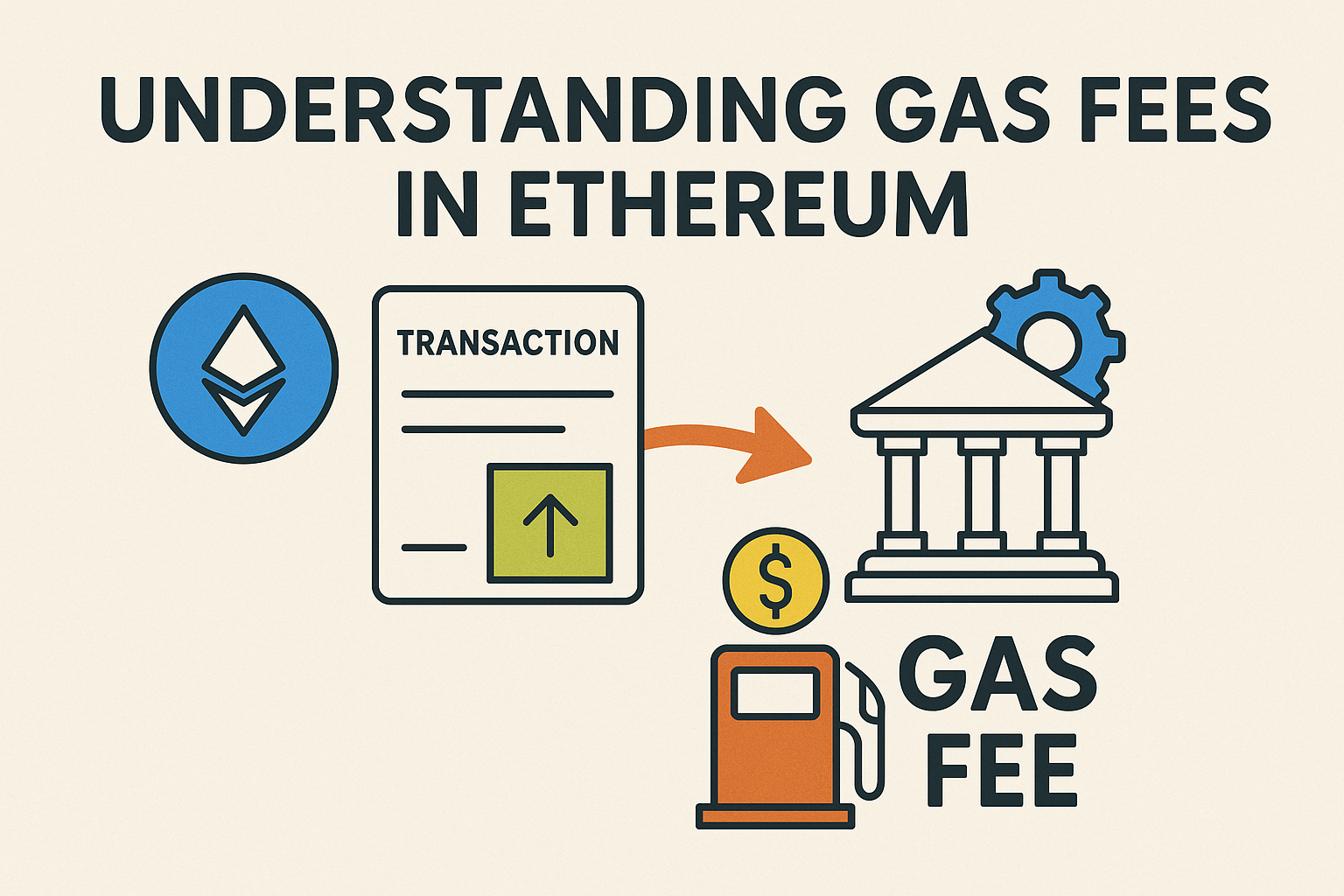Breaking News
Popular News




Enter your email address below and subscribe to our newsletter

Whether you’re minting an NFT, swapping tokens, or sending ETH — you’ve likely asked, “Why are Ethereum gas fees so high?” or “What even is a gas fee?“
At bit2050.com, we break down everything you need to know about understanding gas fees in Ethereum — including what they are, how they work, and how you can save on fees in 2025.
Gas fees are the transaction costs required to use the Ethereum network.
You pay gas fees in ETH to:
Execute smart contracts
Swap tokens on DEXs
Transfer assets between wallets
Interact with NFTs or DeFi apps
✅ Think of gas as the fuel that powers every Ethereum operation.
Gas is measured in “units”
Each operation (e.g., sending ETH, swapping tokens) requires a certain amount of gas units
The total fee = gas units × gas price (in gwei)
✅ It’s not about how much ETH you’re sending — it’s about how complex the operation is.
Since Ethereum’s EIP-1559 upgrade:
There’s now a base fee (burned) + tip (priority fee to miners/validators)
Base fee adjusts automatically depending on network demand
Base fees are destroyed (deflationary for ETH)
✅ This makes Ethereum more predictable and deflationary.
When demand is high (e.g., NFT launches, bull runs):
More users = more demand = higher gas prices
During low traffic (late nights/weekends), gas is cheaper
✅ Use tools like Ethereum Gas Tracker to find optimal times to transact.
Most wallets let you:
Set fast, standard, or low priority
Manually adjust gwei and gas limits
Too low? The transaction may fail but still cost gas.
✅ Use wallet tools like MetaMask’s “advanced gas controls” for custom settings.
Layer 2s like:
Arbitrum
Optimism
zkSync
Base (by Coinbase)
…process transactions off-chain and settle on Ethereum, drastically reducing gas fees.
✅ A token swap on L2 can cost under $0.10, compared to $10–$50 on Ethereum mainnet.
Use Layer 2 networks
Transact during low traffic hours
Batch multiple actions in one transaction
Avoid NFT mints or high-volume token launches
Use gas fee prediction tools (like GasNow, TxStreet, Etherscan)
✅ Smart usage = lower costs + faster confirmations
A: Fees spike when network demand is high, such as during NFT drops or market rallies. It’s all about supply and demand.
A: No. The complexity of the transaction (e.g., token swap vs ETH transfer) affects how much gas is needed.
A: No. The Merge (PoS) improved energy efficiency, but didn’t directly lower gas fees. That’s where Layer 2s and sharding come in.
A: Yes. Even if a transaction fails, you still pay for the computation used up before the failure.
A: No. Once paid and confirmed, gas fees are non-refundable. That’s why using tools and timing matters.
Understanding gas fees in Ethereum is key to becoming a savvy crypto user. By knowing how fees work, why they change, and how to reduce them, you can save money, avoid failed transactions, and use Ethereum more efficiently.
Explore more smart crypto strategies, Web3 insights, and blockchain education at bit2050.com — your go-to source for everything crypto in 2025 and beyond.